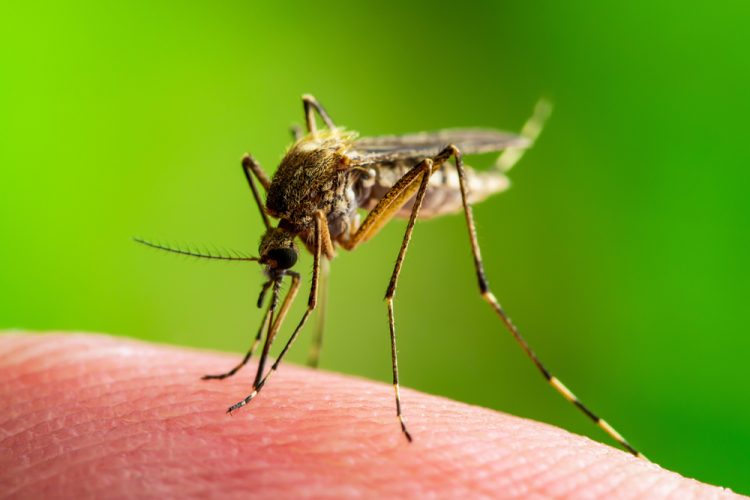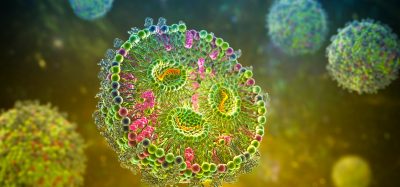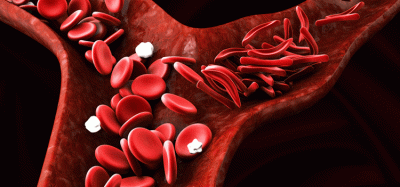Combating malaria: new approach
Posted: 7 September 2023 | Drug Target Review | No comments yet
Researchers are actively seeking to unravel the intricacies of gene expression regulation throughout the various stages of the P. falciparum lifecycle.


In 2020, malaria, a mosquito-borne infectious disease, caused approximately 241 million clinical cases and 627,000 deaths worldwide. Among those most vulnerable are young children and pregnant women residing in malaria-endemic regions, where the deadliest malaria parasite, Plasmodium falciparum, is a leading cause of mortality.
Researchers are actively seeking to unravel the intricacies of gene expression regulation throughout the various stages of the P. falciparum lifecycle. This quest for knowledge is driven by the potential it holds for the development of novel antimalarial therapies. A specific focus of their investigations centers on “lncRNAs” or long noncoding ribonucleic acid molecules present in the cells of eukaryotes, organisms characterised by cells with nuclei. Many noncoding RNAs have been linked to conditions like cancer and neurological disorders, and lncRNAs are recognised for their role in shaping genome structure and gene expression.
Led by Dr Karine Le Roch, specialising in molecular, cell, and systems biology at the University of California, Riverside, a research team explored the function of lncRNAs in P. falciparum. They identified a particular lncRNA, lncRNA-ch14, that plays a partial role in regulating sexual differentiation and sex determination in the parasite.
Biomarkers aren’t just supporting drug discovery – they’re driving it
FREE market report
From smarter trials to faster insights, this report unpacks the science, strategy and real-world impact behind the next generation of precision therapies.
What you’ll unlock:
- How biomarkers are guiding dose selection and early efficacy decisions in complex trials
- Why multi-omics, liquid biopsy and digital tools are redefining the discovery process
- What makes lab data regulatory-ready and why alignment matters from day one
Explore how biomarkers are shaping early drug development
Access the full report – it’s free!
Their findings, published in Nature Communications, reveal that P. falciparum harbours 1,768 lncRNAs, including 718 previously unidentified ones. Some of these newly discovered lncRNAs were found to be critical for the parasite’s lifecycle progression.
This research provides fresh insights into the role of lncRNAs in P. falciparum’s ability to cause malaria, influence gene regulation, and affect sexual differentiation. It opens new avenues for targeted therapeutic strategies aimed at disrupting the parasite’s lifecycle, impeding sexual differentiation, and preventing transmission to mosquitoes. Ultimately, these findings offer hope in the ongoing battle against this deadly disease.
Related topics
Gene Testing, Genome Editing
Related conditions
Malaria
Related organisations
University of California (UC)
Related people
Dr Karine Le Roch (University of California)







